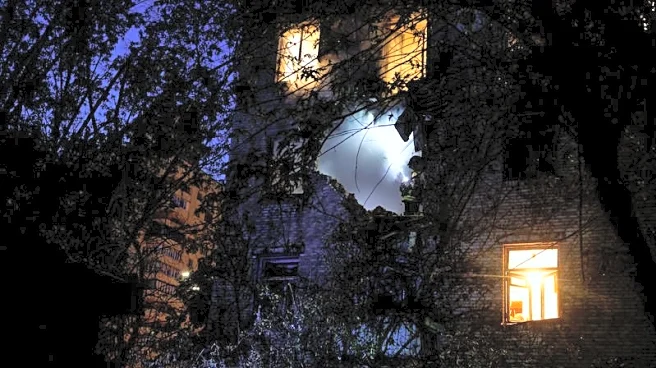What's Happening?
Archaeologists have uncovered a rare ornament made from beetle exoskeletons in a cremation grave at the Hallstatt cemetery in Domasław, Poland. The grave, dated to the Hallstatt period (approximately 850 to 400 BC), contained the remains of a child along with various artifacts, including a bronze fibula and birch bark fragments. The beetle exoskeletons, belonging to the species Phyllobius viridicollis, were found strung on a blade of preserved grass, suggesting intentional inclusion in the burial. The discovery provides insights into the symbolic and ornamental use of faunal materials in ancient cultures.
Why It's Important?
This finding sheds light on the cultural practices of the Lusatian Urnfield culture, particularly their use of beetles in funerary contexts. The deliberate manipulation and preservation of these beetle parts suggest a symbolic significance, possibly related to jewelry or decoration. Such discoveries are rare due to the fragile nature of organic materials, highlighting the importance of careful excavation and preservation techniques. Understanding these practices can offer valuable insights into the social and cultural dynamics of ancient European societies.














